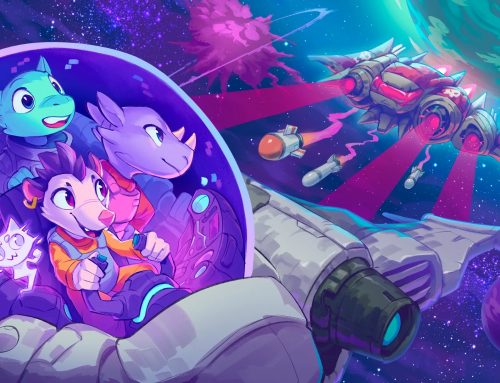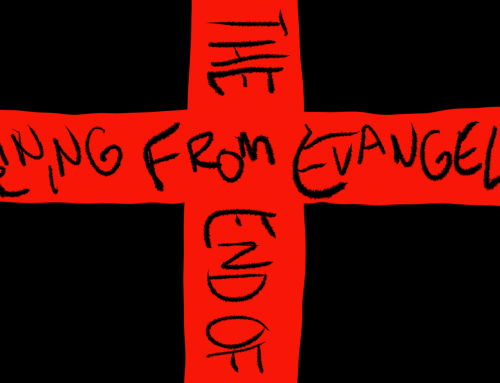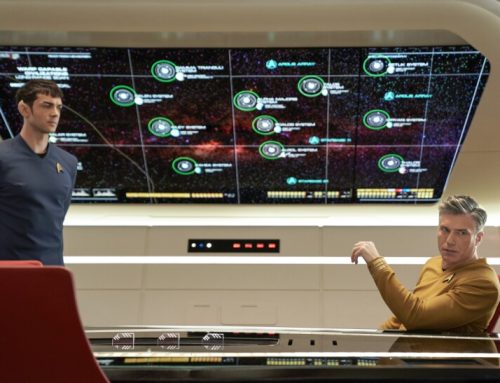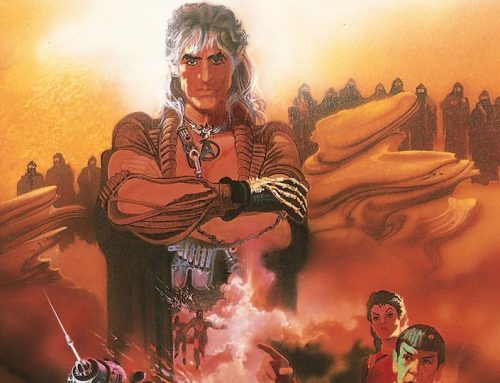Yay, I have an excuse to talk about the new Half-Life game.
I played through the original Half-Life in software mode on my parents’ old Pentium 2 machine. I played through its sequel on my PC shortly after I graduated film school way back in 2005. I still remember the immensely satisfying, filmic ending of Half-Life 2. It felt like an abrupt end, but it also felt complete. Thinking back to stories I’ve written, I may have internalized that sort of ending. The plot isn’t wrapped up, but the story feels done anyway. It’s an ending that leaves you with a certain momentum that I absolutely love.
Smart observations about why Half-Life 2 feels complete abound. One big key is that the game features a ton of variety. Each level is memorable for the ways in which your environment, enemies and tools are varied. In this level you’re unarmed and on the run. In this one you’re in a prison and can control antlions. In this one it’s shotguns, narrow dark hallways, and spider headcrabs. This is an open running street battle. In this one you’re unarmed except for a newly powerful gravity gun. Then it’s suddenly over. Looking back at how far you’ve come, there’s a sense of satisfying completion.
So then, we’ve got a brand new Half-Life game for the first time in over a decade. What of it?
I haven’t finished the game – my rental Oculus Quest had to go back on Friday – but my take from the first five hours is that the game is marvelous and is very much a Half-Life game. It’s not just the setting, which feels incredibly bleak in this newly detailed, up close perspective, and it’s not the in-world technology and monsters (some of which are new!). It’s the game’s adherence to variety.
Now that I’ve said that out loud, I’m left with a question: can I actually recall details about the game, the way a level in Half-Life 2 sticks in the memory like Ravenholm does?
Sort of. The setting of the game is exclusively City 17, and it’s smaller in that you’re not sprinting along rooftops and into alleys. But there are moments that stick clearly in my mind.
-The opening balcony sequence
-The first big throwdown with a certain critter and friends
-The house of spider headcrabs
-Baby’s first fight with the big shotgun guys
They’re smaller in scope but much more personal because – oh, spider headcrabs are BIG! Look at the spiky hair on its legs! I’m going to pull drawers out of this dresser and dump the contents onto the bed.
And from a worldbuilding perspective, the added changes and details paint a clearer definition of The Combine. When you use a health station now, the tube that goes into the machine in the lower right is clear and has a larvae thing in it. Use the machine and it crushes the critter and the yellow stuff is what heals you. The moment I realized that’s how the machines work will probably stick with me longer than a lot of things. I still think about it constantly. This is a society that exploits and consumes its residents. Great, weird, dark stuff.
So now that I’ve blathered on, what about Thematic Integrity? When I originally cooked up that concept in relation to games, I was thinking of ways in which gameplay reflects on the themes in the game’s story. What games make your actions in the game a key part of the world and story the game is set in? My favorite examples always remain Phantom Dust and Dead Space…but what about Half-Life? Does the variety in game design reflect on the world around it?
In short, I think it does. The resistance’s cobbled together resources matched against the Combines cruel exploitative machinery and hybrid soldiers. A game that mixes and matches parts to produce a satisfying outcome set in a world of two sides…who mix and match parts to achieve their ends.
This sort of pattern fishing has more fun to mine if you want to get meta. For example, a Valve confronted with the challenge of following up the ‘best shooter ever made,’ set the sequel in a universe where one could read the Combine as the physical manifestation of their own ingenuity and success. An overpowering cultural movement that they themselves brought to earth, slowly consuming all of gaming with its ideas. What’s the saying? “The making of the thing is in the thing.”
Alright, that’s it for this round. Isolation has left with me with free time to make films and practice VFX work for future projects at home, so expect details on that journey in the coming days. Stay safe out there.




